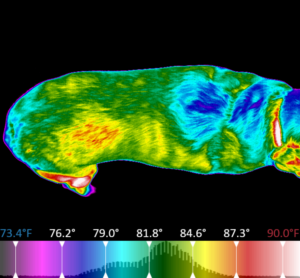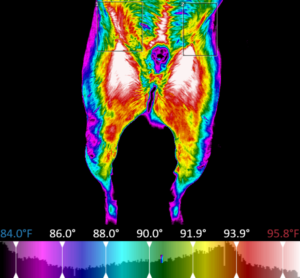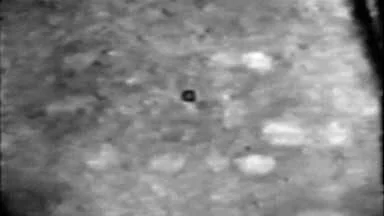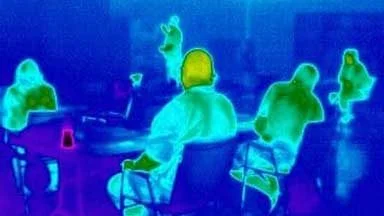Want to improve patient care?
Inform and involve your clients?
Can’t attend VMX or WVC this winter? You can still get the Digatherm Show Special!
Add cutting-edge technology that lets you visualize, localize, and pinpoint problems during examinations.
With Digatherm’s veterinary-specific software, thermal imaging can now be a simple, non-invasive addition to your examinations, giving you clues that help you learn more about patient’s that can’t speak.
Thermal images are a visual representation of the surface body temperatures of a patient and give physiological information about what is going on below the surface. Increased temperatures (hyperthermia) may indicate inflammation, infection, or malignancy. Decreased temperatures (hypothermia) may indicate atrophy or neurological dysfunction. Thermal images help form a road map for additional diagnostics and therapy.
Add Digatherm’s digital thermal imaging system to your practice now and enjoy the discount specials that attendees get at the big meetings. Schedule a demo using the link below and purchase a system by March 15th to enjoy special terms:
Anterior to posterior thermal image of the hind legs and inguinal regions in the same patient in a dancing position. There is thermal asymmetry with hyperthermia on the right side of the posterior abdomen in a pattern suggestive of iliopsoas muscle inflammation.
The thermal images below corresponded to pain on palpation of the right lumbar epaxial muscles. Subsequent radiographs showed intervertebral disc changes at L3-4.
Thermal images courtesy of Alexxis Amouroux, Veterinary Assistant, Animal Medical Center of Corona, Corona, California.








